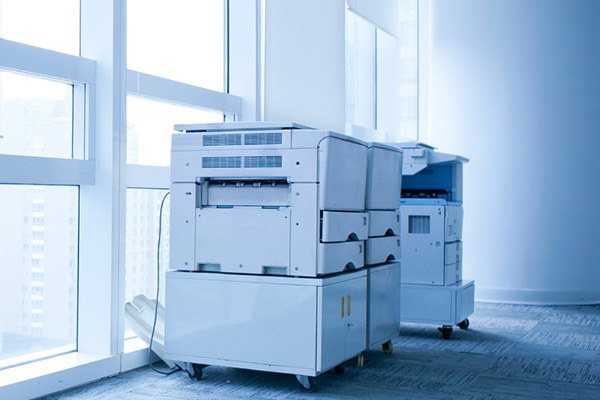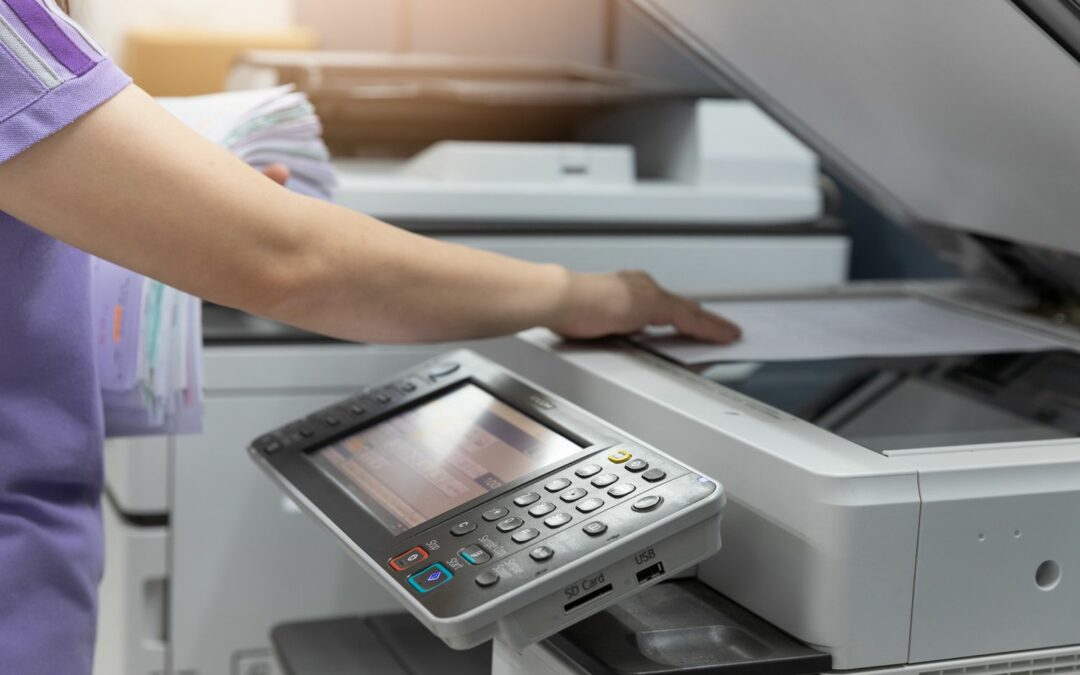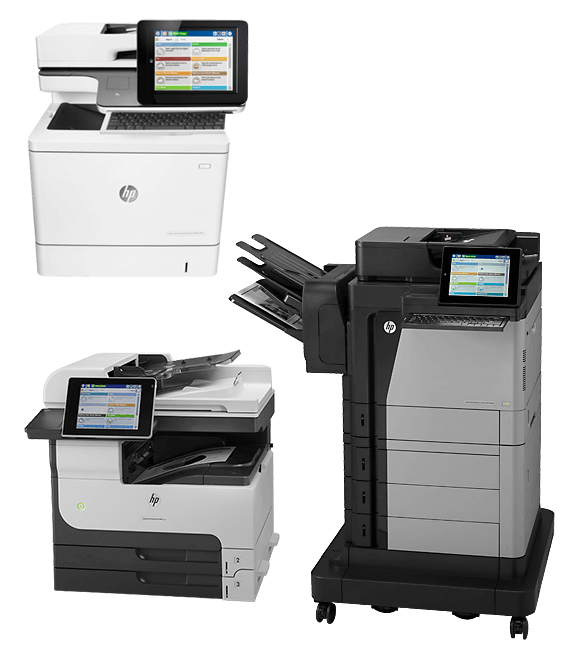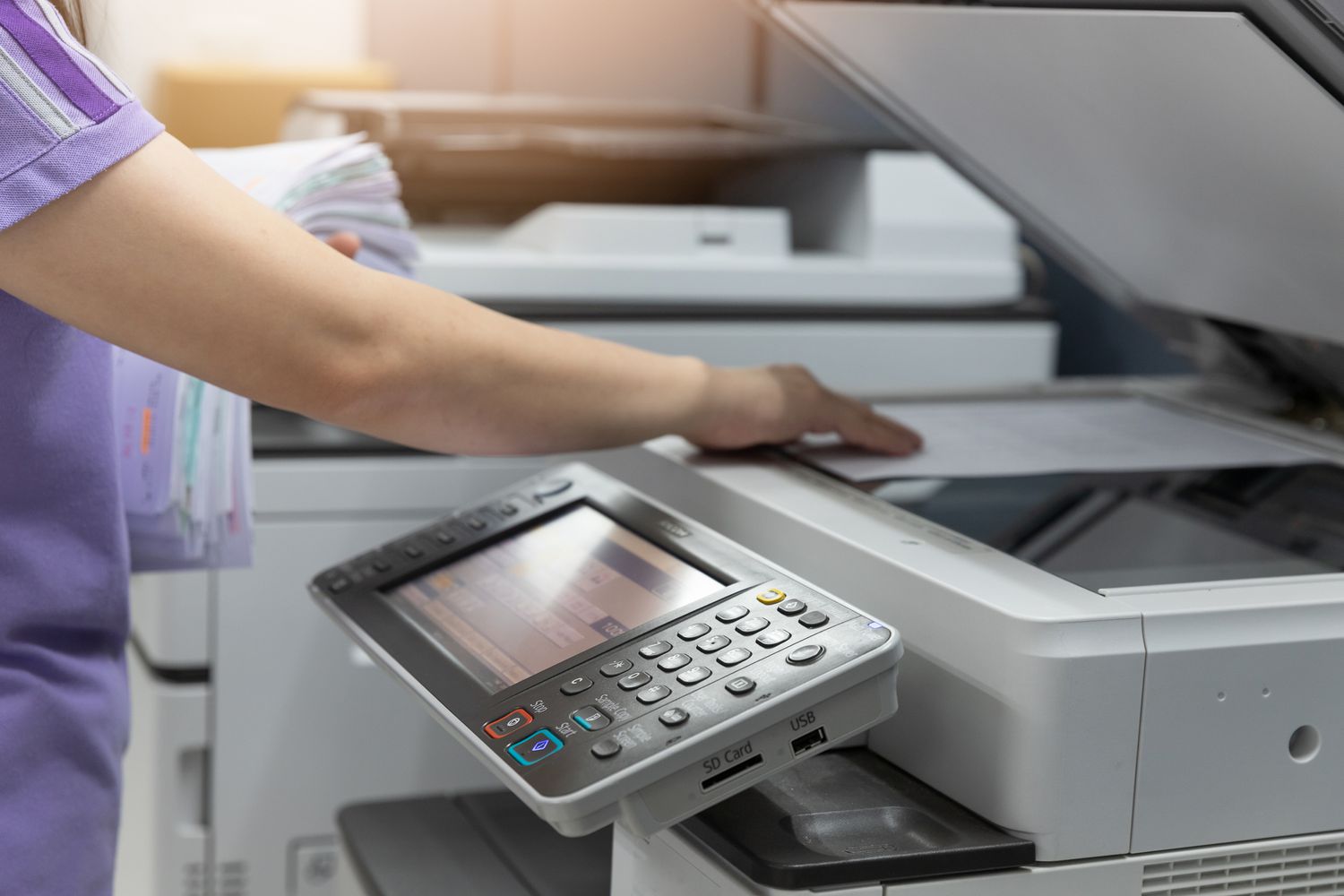Printers are the unsung heroes of modern workplaces, faithfully churning out documents and facilitating productivity. However, like all technology, printers have a finite lifespan. Recognizing the signs that indicate it’s time to replace your printer can save you from unnecessary downtime, frustrating malfunctions, and inefficient operations. In this detailed blog post, we’ll delve into the various indicators that suggest it’s time to bid farewell to your current printer and upgrade to a newer, more advanced model.
Persistent Performance Issues
If your printer is plagued by frequent paper jams, misfeeds, or error messages, it’s a clear indication that its performance is deteriorating. Despite regular maintenance and troubleshooting attempts, if these issues persist, it’s a strong sign that your printer has reached the end of its operational life.
Diminishing Print Quality
As printers age, print quality tends to decline. Look out for signs such as faded prints, streaks, or inconsistent ink distribution. Even after cleaning printheads or replacing ink cartridges, if print quality remains subpar, it’s an indication that your printer’s internal components may be deteriorating, making a replacement necessary.
Outdated Features and Technology
Technology advances at a rapid pace, and printers are no exception. If your printer lacks essential features such as wireless connectivity, mobile printing options, or compatibility with cloud-based services, it may be time to upgrade. Newer models offer faster printing speeds, higher resolutions, intuitive touchscreens, and enhanced software integration, revolutionizing the printing experience.
Rising Repair and Maintenance Costs
Consider the financial aspect of keeping your aging printer operational. If you find yourself spending a significant amount on replacement parts, frequent repairs, or specialized servicing, it’s worth evaluating whether investing in a new printer would be more cost-effective. Ongoing expenses can quickly accumulate, making a newer and more reliable printer a wiser long-term investment.
Incompatibility with Modern Systems
Operating systems evolve over time, and older printers may struggle to keep up with the latest software updates. If your printer exhibits compatibility issues, difficulty finding updated drivers, or lack of support for newer operating systems, it becomes a hindrance to your workflow. Upgrading to a printer that seamlessly integrates with your current systems ensures smoother operations and avoids potential software conflicts.
Increased Workload Demands
If your printing requirements have significantly increased since you first acquired your printer, it may be a sign that it’s time to upgrade. Printers designed for low-volume use can become overwhelmed by the demands of a growing business or personal printing needs. Investing in a printer with higher duty cycles and robust capabilities ensures efficient and uninterrupted printing, keeping up with your evolving workload.

Knowing when to replace your printer is crucial for maintaining a productive and efficient workplace. By recognizing persistent performance issues, diminishing print quality, outdated features, rising repair costs, incompatibility with modern systems, increased workload demands, and energy inefficiency, you can make an informed decision about upgrading to a new printer. Embrace the latest printing technology, improved features, and enhanced functionality to ensure seamless operations, increased productivity, and cost savings in the long run. Keep an eye on the signs, and when the time is right, bid farewell to your old printer and welcome a new era of efficient printing and document management. Contact Laser Action Plus for all your printer questions today!






